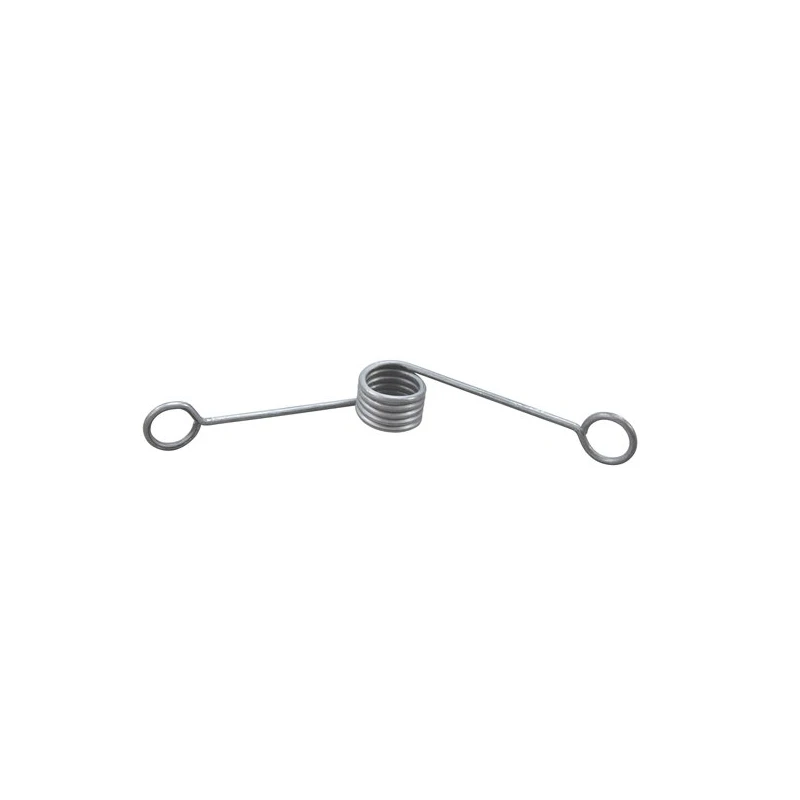
- Mobile Phone
- +8613931874955
- sales@cntcmetal.com
chain link fence sections
Understanding Chain Link Fence Sections A Practical Guide
Chain link fences are a popular choice for a variety of applications, ranging from residential properties to commercial lots and industrial sites. Known for their durability, affordability, and ease of installation, chain link fences consist of various sections that work together to form a secure barrier. This article will delve into the components of chain link fence sections, their uses, and why they might be the right fencing solution for your needs.
A chain link fence typically comprises several essential elements posts, fabric, and hardware. The posts are the vertical components that provide the structure of the fence. They are usually made from galvanized steel, ensuring longevity and resistance to rust. The posts are installed in concrete footings for stability and can range in height based on the desired fence length.
The chain link fabric is the characteristic feature of these fences. It is made from interwoven galvanized wire that forms a mesh pattern, providing visibility and a sense of openness while still offering security. Chain link fabric is available in various heights and gauges, allowing for customization according to specific requirements. Common heights for residential fences range from three to six feet, while commercial applications may require taller versions.
chain link fence sections

In addition to posts and fabric, chain link fence sections also utilize various hardware components, such as tension bands, rail, and gates. Tension bands are used to secure the chain link fabric to the posts, while top rails run horizontally between the posts, providing additional support and stability. Gates can be integrated into chain link fences to allow for convenient access while maintaining security.
One of the primary advantages of chain link fences is their versatility. They are suitable for a multitude of applications, including enclosing backyards, securing playgrounds, or surrounding business properties. Their transparent nature makes them ideal for properties where visibility is a priority, allowing owners to monitor activity without compromising perimeter security.
Another significant benefit is the ease of installation. Chain link fences can typically be set up quickly compared to solid fences, which require more time and effort for materials like wood or vinyl. Moreover, maintenance is minimal; regular inspections for wear and tear, along with occasional cleaning, can keep a chain link fence looking good and functioning effectively.
In conclusion, chain link fence sections are a practical solution for property owners seeking security, visibility, and durability. With various customization options available and an easy installation process, they provide an efficient fencing alternative for residential, commercial, and industrial applications alike. If you're considering fencing options, a chain link fence may be worth exploring for its balance of strength and practicality.
share:
-
Understanding Wall Ties: Types and ImportanceNewsApr.28,2025
-
Top Products for Your Yard and Signage NeedsNewsApr.28,2025
-
The World of SpringsNewsApr.28,2025
-
Masonry Accessories: Essential for Building Strong FoundationsNewsApr.28,2025
-
Fencing Solutions for Every NeedNewsApr.28,2025
-
A Comprehensive Guide to Iron Wire for Your Construction NeedsNewsApr.28,2025
-
The Versatility of Wire Tension SpringsNewsApr.16,2025



















